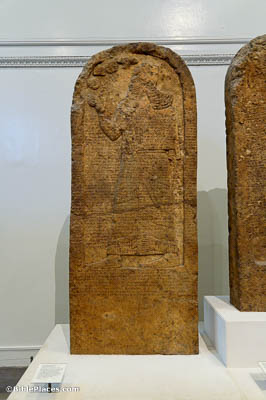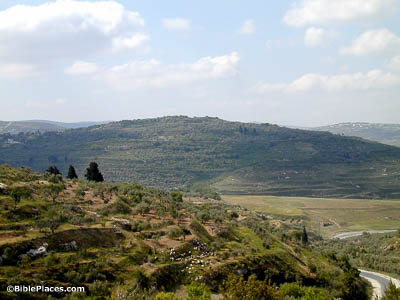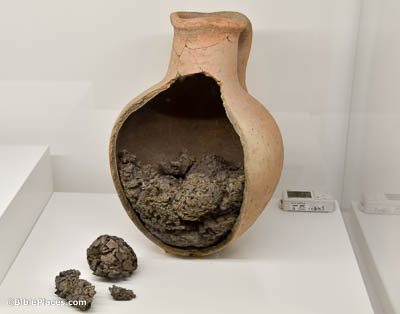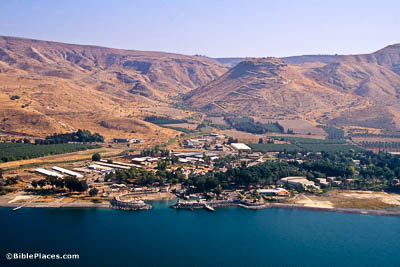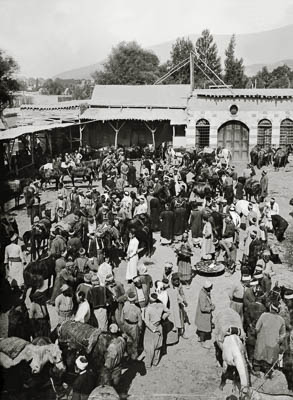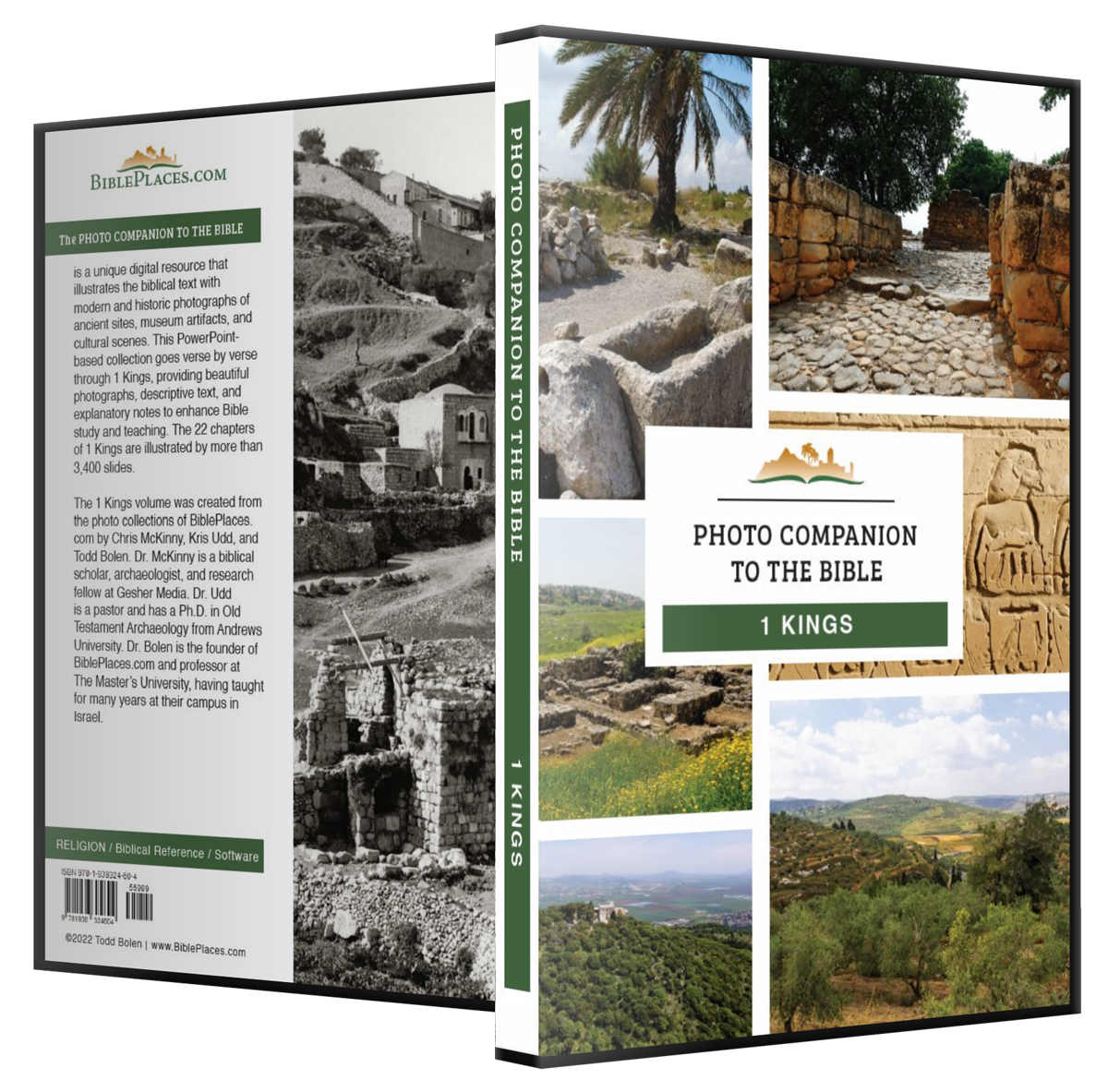Then Ben-hadad the king of Aram gathered together all his army (1 Kings 20:1).
From 853 to 845 BC, Ben-hadad led a twelve-king coalition that opposed Shalmaneser III’s incursion into the southern Levant. The most well-known of these battles was the Battle of Qarqar (853 BC), which is recorded on the Kurkh Stele. This stele also mentions the participation of “Ahab the Israelite.” According to the Black Obelisk, Ben-hadad also headed a similar coalition in 849, 848, and (probably) 845 BC against Shalmaneser III. This stele was photographed at the British Museum.
